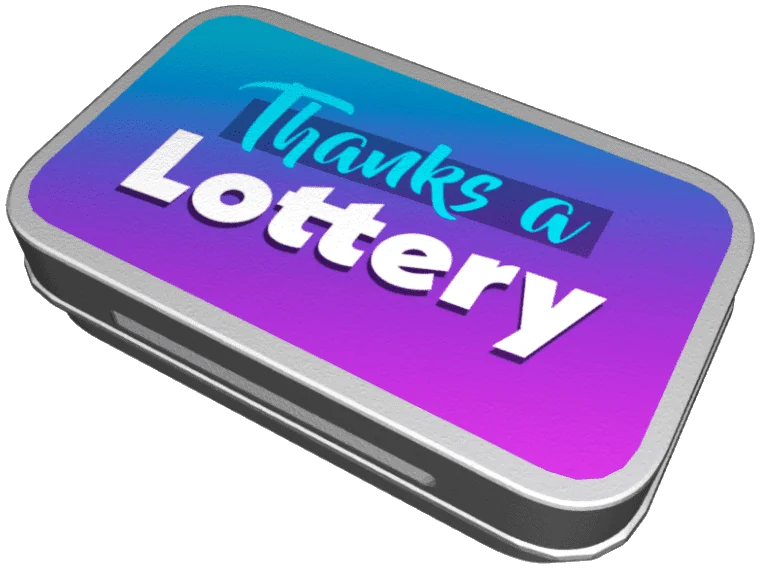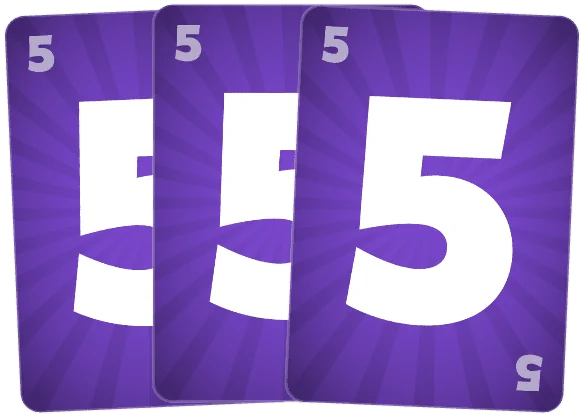
- 2–6 Players
- 25ish Minutes
Turn the golden rule into gold. Help out others for a chance to score big.

Make blocks of cards to score points, or you can add onto others’ blocks to score points for both of you and grab dice. These dice are tickets for the end-of-round lottery where they can score even more points.
Do you have the right dice?
The more you help out others, the more chances you’ll have to hit it big. Most points after 3 rounds wins!
Thanks a Lottery is a rummy-ish game of selfish motiviation for 2–6 players.
How to Play
Score the most points over 3 rounds to win by:
- Playing blocks of in front of yourself
- Adding to blocks in front of others
- Having the right dice for the end-of-round lottery
You’ll get a new hand of 6 cards to start the round. You’ll also roll all 15 dice to make the round’s dice pool. Each die is an entry to the lottery at the end of the round.
Take turns drawing a card, then trying to score points.
You Keep Saying Block… What’s a Block?
A block is 3 or more cards that are either sequential or identical.


Wilds
Use Wild cards in place of another card. You can only use 1 wild per block, and you can only play them in your own blocks.

Expanding Your Options
After playing a block for yourself, future turns give you more options:
- Play a new block in front of yourself
- Add cards to your own blocks
- Add cards to someone else’s blocks, taking a die from the dice pool for each card you add
- Replace a Wild in someone else’s blocks with the real deal, taking that Wild into your hand and taking a die from the dice pool
Taking Dice
Which dice do you take from the dice pool? Do you load up on the same dice to go for a windfall, or do you spread them out in the hopes of hitting anything?
Wrapping the Round
Keep taking turns until someone either:
- Starts their turn with at least 1 die but no cards in their hand, or;
- Can’t draw a card because the central deck is empty, or;
- Takes the last die from the dice pool.
Once that happens, it’s time to hold the lottery.

Holding the Lottery
Shake up the 8 tokens in the tin, then draw 3 at random. As you draw tokens, place them on the round’s prize card. All matching dice score the points shown.
But hang on… some of those tokens aren’t dice. The
 means no dice score these points. The
means no dice score these points. The
 means that all dice score these points.
means that all dice score these points.

Score the Round
Your score this round goes like this:
- Get 1 point per card in your own blocks
- Get 1 point per die in front of you
- Get all the points your dice won in the lottery
- And lose 1 point per card still in your hand at the end of the round
This is your total for the round.
And See Who Wins
If this was Round 1 or Round 2, write down your score and start a new round. Whoever caused the end of the round deals next time.
Otherwise, add up your scores from all 3 rounds, and whoever has the most points wins!
Free Stuff
Sorry, Currently Out of Print
How do games published on-demand go out of print? Simply put, The Game Crafter (where I publish my games) stopped carrying a part used in this game.
In this case, Thanks a Lottery uses many 10mm-sized dice, but The Game Crafter stopped carrying those. Due to the size of mint-tin games, I can’t just swap in larger dice.
This doesn’t mean this game will be unavailable forever. For now, however, things are what they are.

